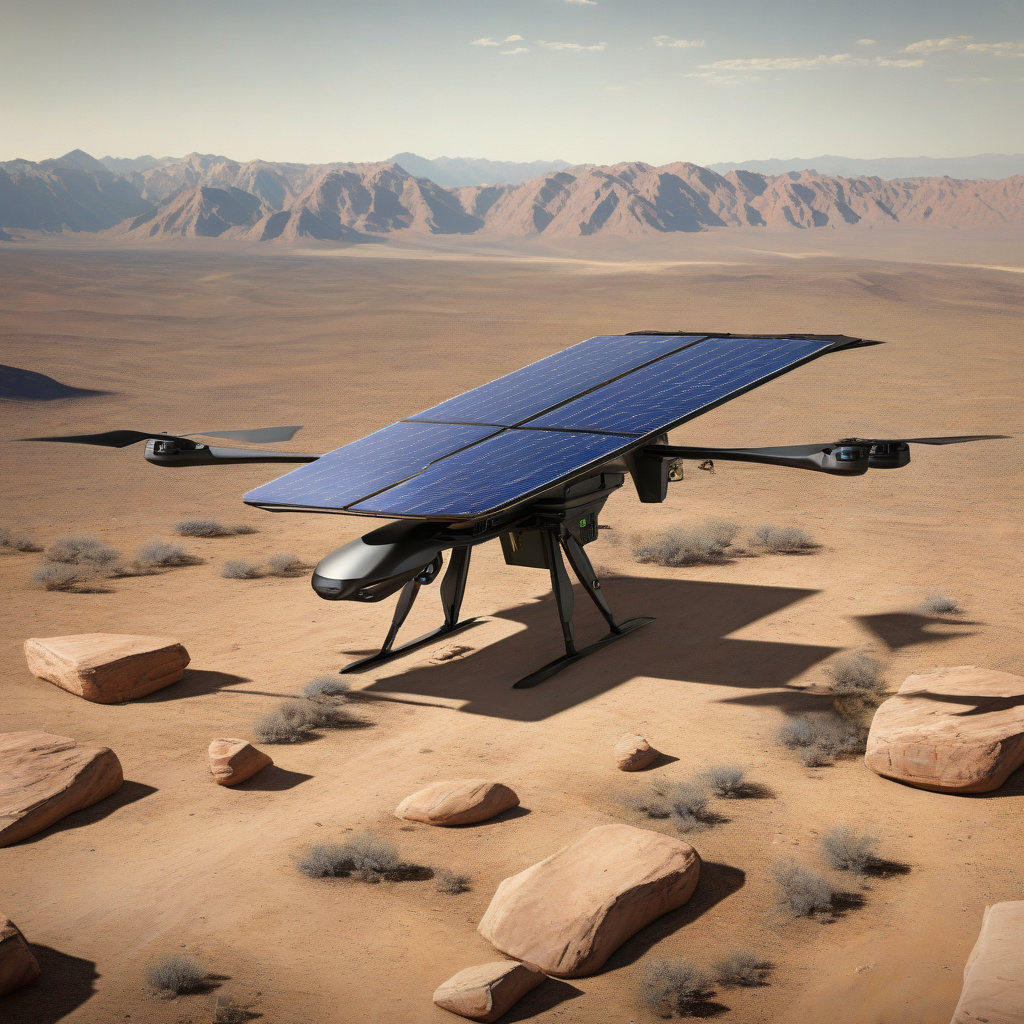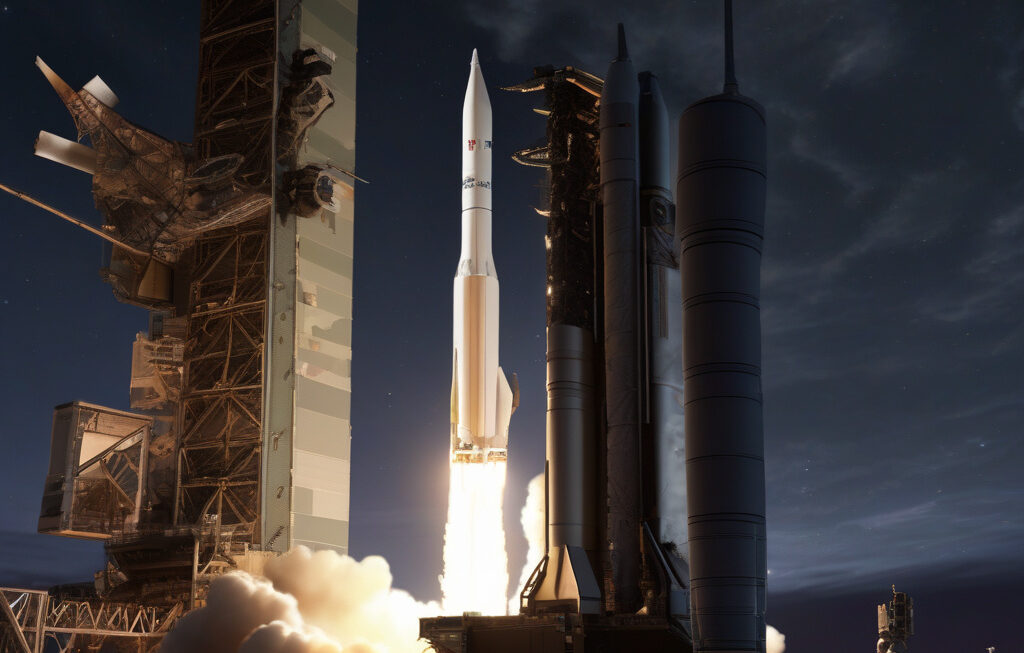US Army Enhances ISR Capabilities with Solar-Powered Spy Drone
To improve its intelligence, surveillance, and reconnaissance (ISR) capabilities, the US Army has introduced the cutting-edge solar-powered spy drone. This innovative technology marks a significant advancement in the military’s ability to conduct endurance missions with a remarkable 1,000-mile range. The deployment of this high-tech drone underscores the military’s commitment to leveraging sustainable energy sources and state-of-the-art technology for national security purposes.
The integration of solar power into the drone’s design represents a strategic move towards enhancing operational efficiency and reducing reliance on traditional fuel sources. By harnessing the power of the sun, the spy drone can operate for extended periods, enabling prolonged surveillance missions without the need for frequent refueling. This increased endurance is a game-changer for the US Army, allowing for enhanced monitoring capabilities over vast distances and remote locations.
One of the key advantages of the solar-powered spy drone is its ability to conduct missions with a reduced environmental footprint. Traditional drones powered by fossil fuels not only contribute to carbon emissions but also require complex and costly logistical support for refueling. In contrast, solar power offers a clean and renewable energy source that minimizes the drone’s impact on the environment while streamlining logistical requirements. This aligns with the military’s broader efforts to adopt sustainable practices and reduce its carbon footprint.
Furthermore, the 1,000-mile range of the solar-powered spy drone significantly expands the Army’s operational reach and endurance. This extended range enables the drone to cover vast areas for intelligence gathering, surveillance, and reconnaissance purposes, providing real-time data and situational awareness to military commanders. The drone’s long-range capabilities make it well-suited for missions that require persistent monitoring and tracking of targets over expansive territories.
In addition to its range and endurance, the solar-powered spy drone is equipped with advanced surveillance technology to capture high-resolution imagery and video footage. This intelligence-gathering capability enables the military to enhance its situational awareness, identify potential threats, and monitor activities in a variety of operational environments. By leveraging cutting-edge sensors and cameras, the drone provides valuable data that enhances decision-making and mission planning for military operations.
The deployment of the solar-powered spy drone reflects the US Army’s commitment to innovation and technological superiority in defense capabilities. By investing in renewable energy solutions and next-generation aerial platforms, the military is staying ahead of evolving threats and challenges in the modern battlefield. This forward-thinking approach not only enhances national security but also positions the Army as a leader in leveraging advanced technology for strategic advantage.
In conclusion, the introduction of the solar-powered spy drone with a 1,000-mile range represents a significant leap forward in the US Army’s ISR capabilities. By harnessing the power of solar energy, the military is enhancing its operational efficiency, reducing its environmental impact, and extending its reach for intelligence-gathering missions. With cutting-edge technology and sustainable practices at the forefront, the Army is poised to maintain its edge in an increasingly complex and dynamic security landscape.
#USArmy #SolarPower #SpyDrone #ISR #MilitaryTechnology












